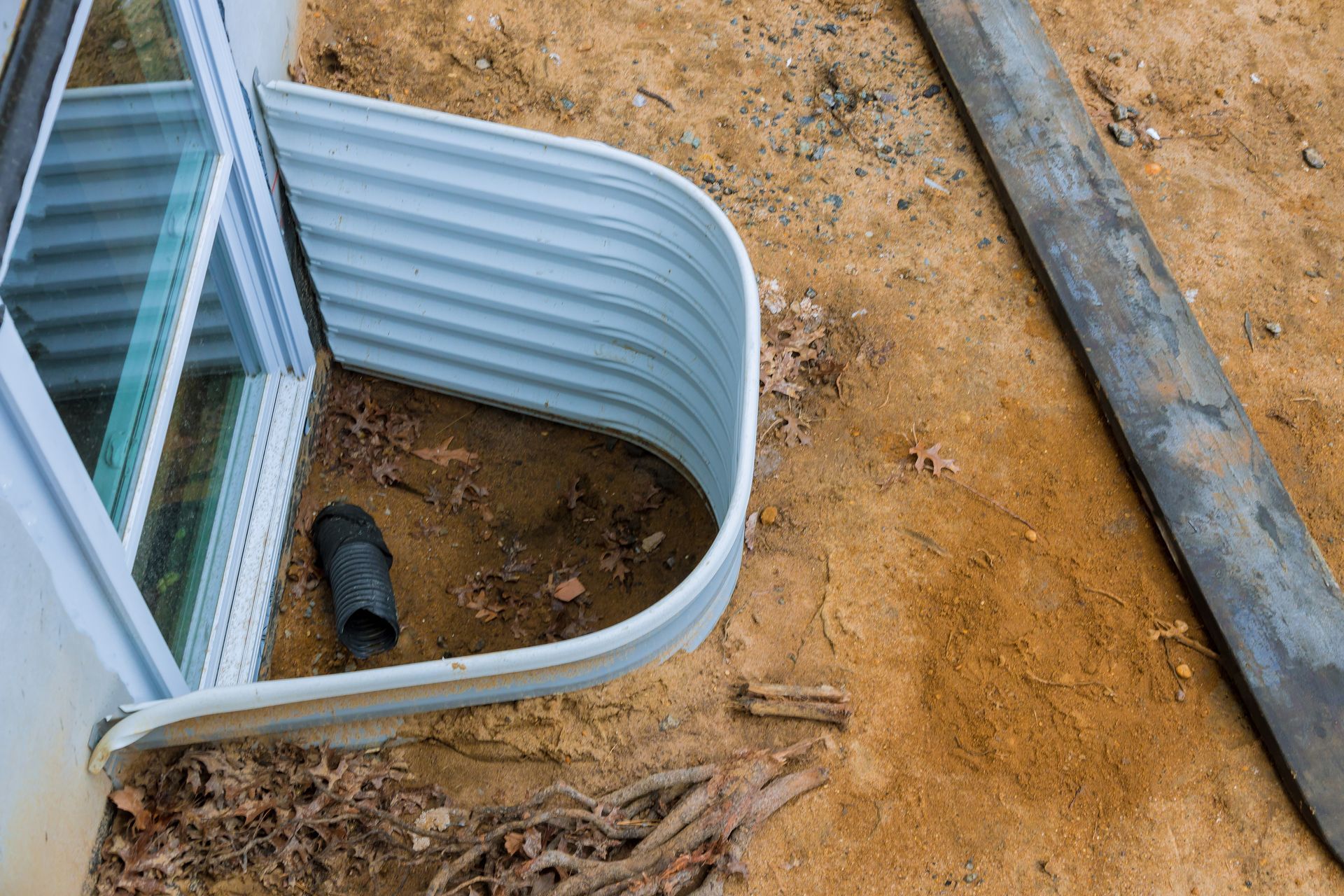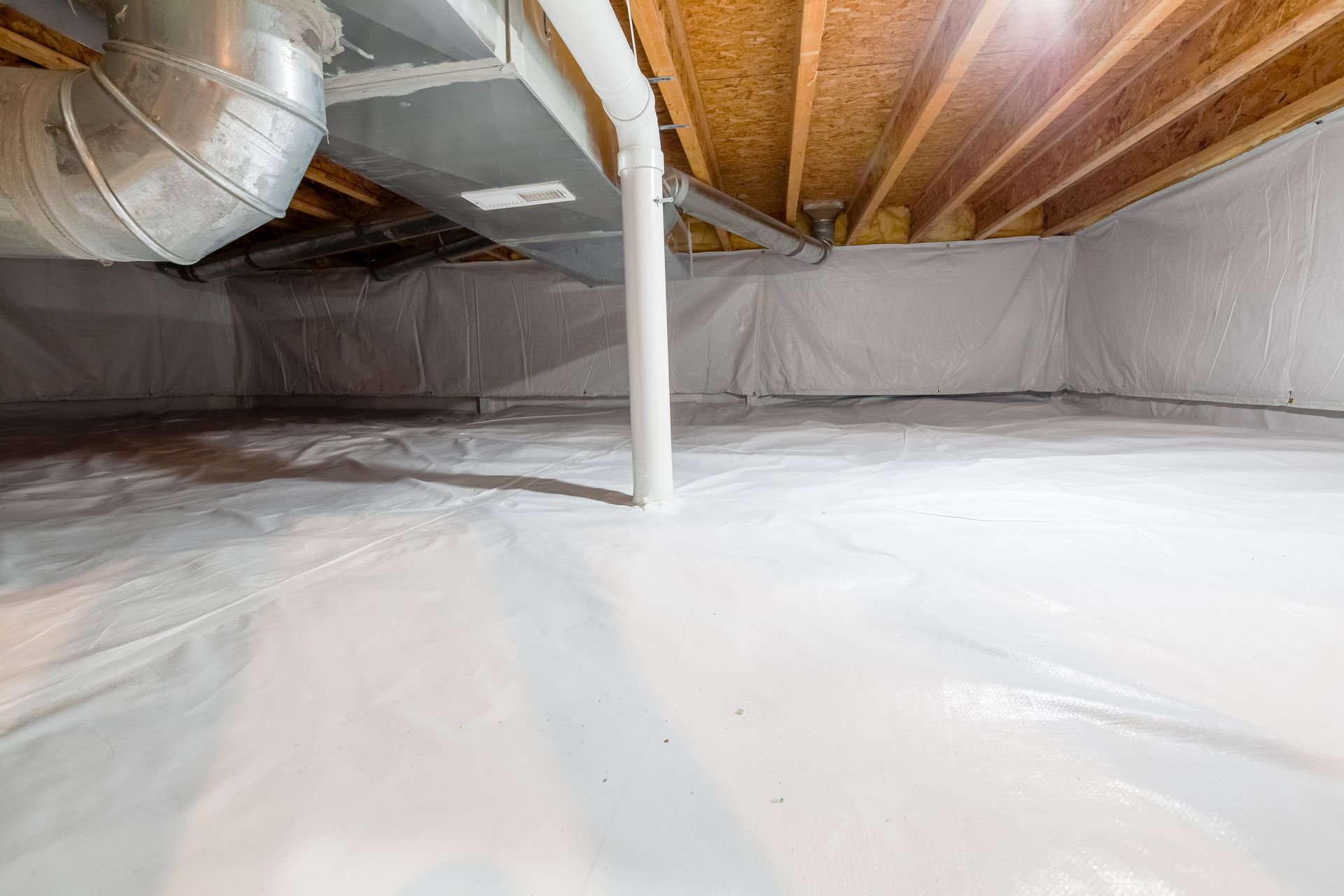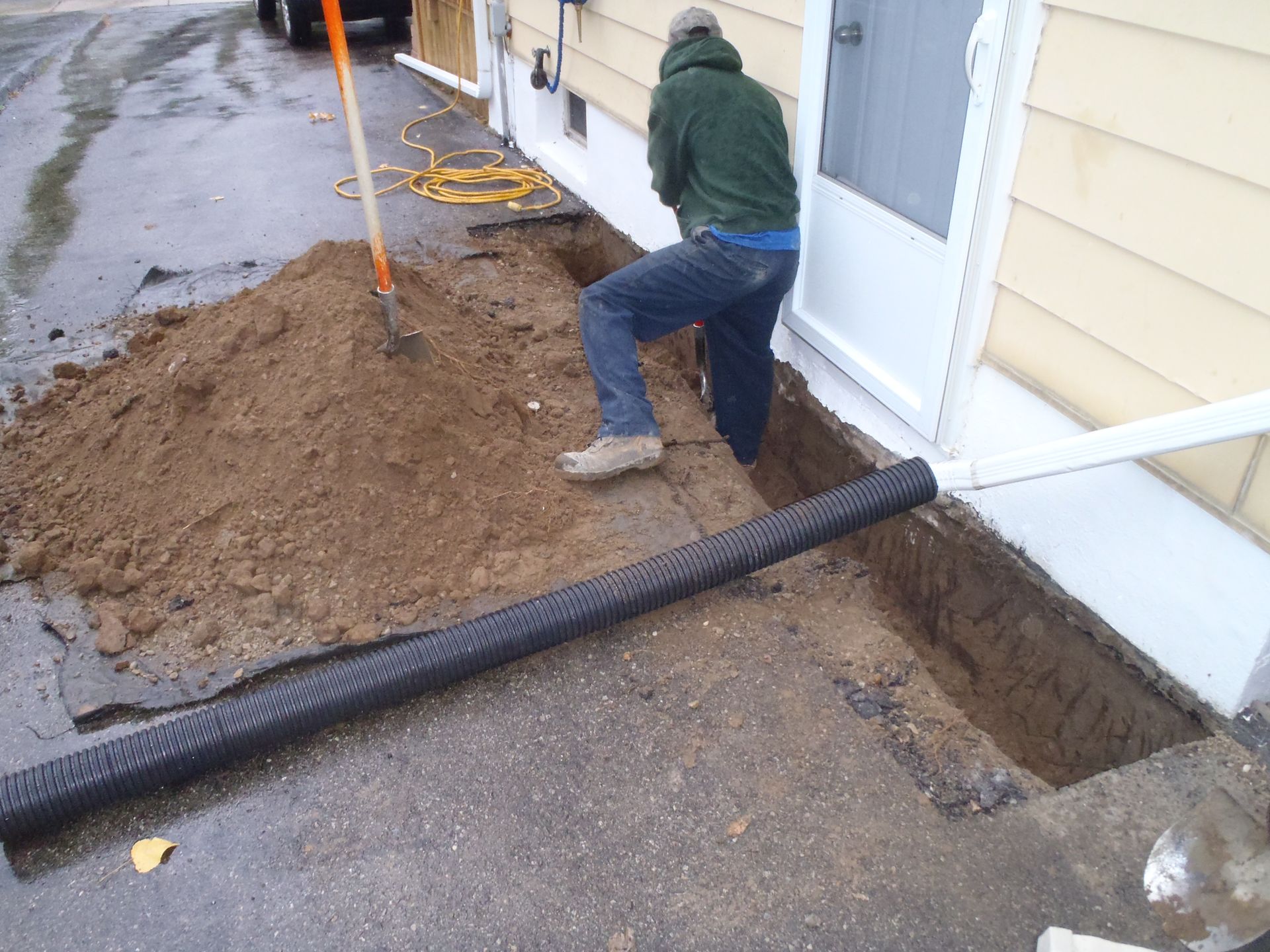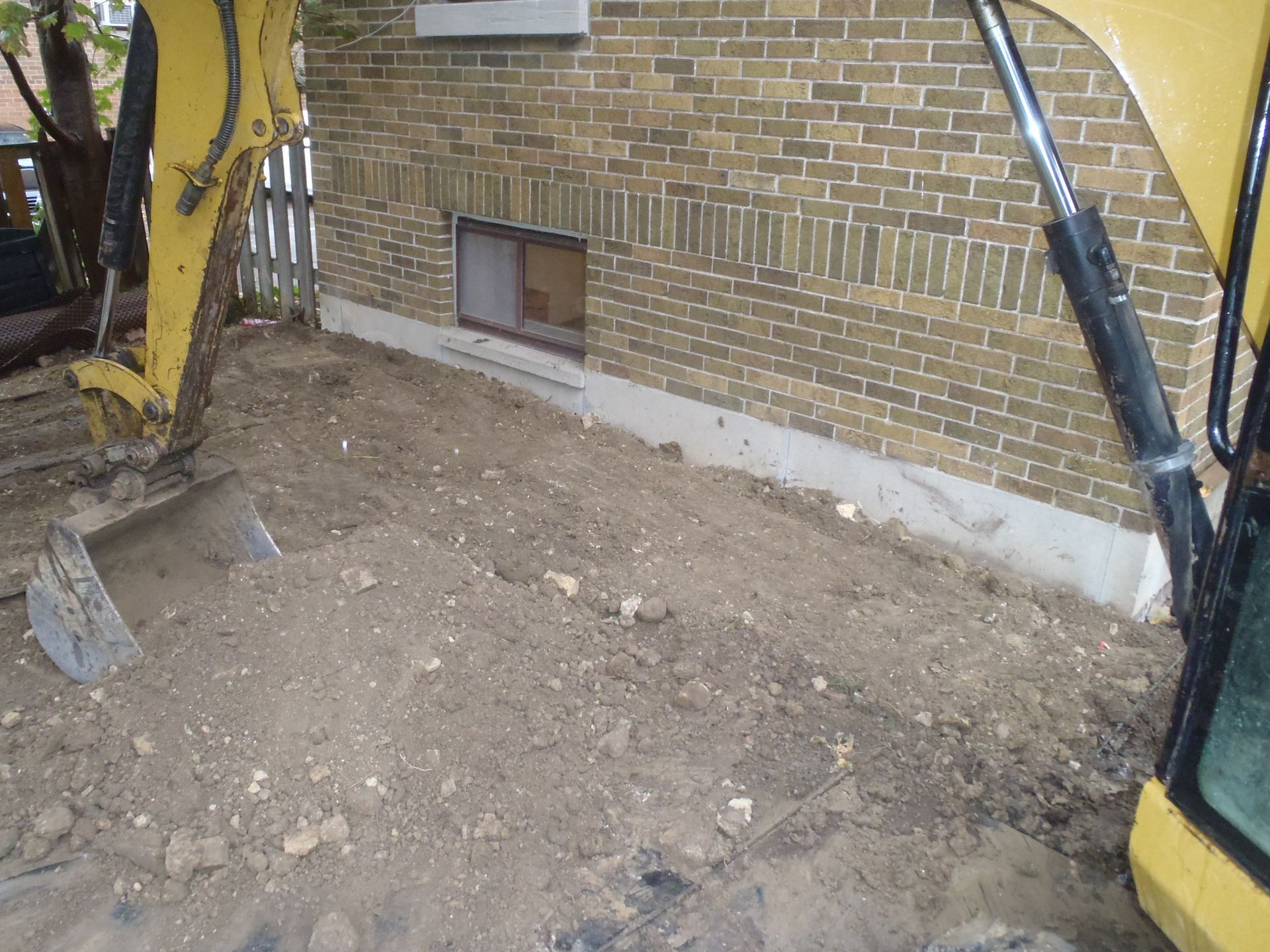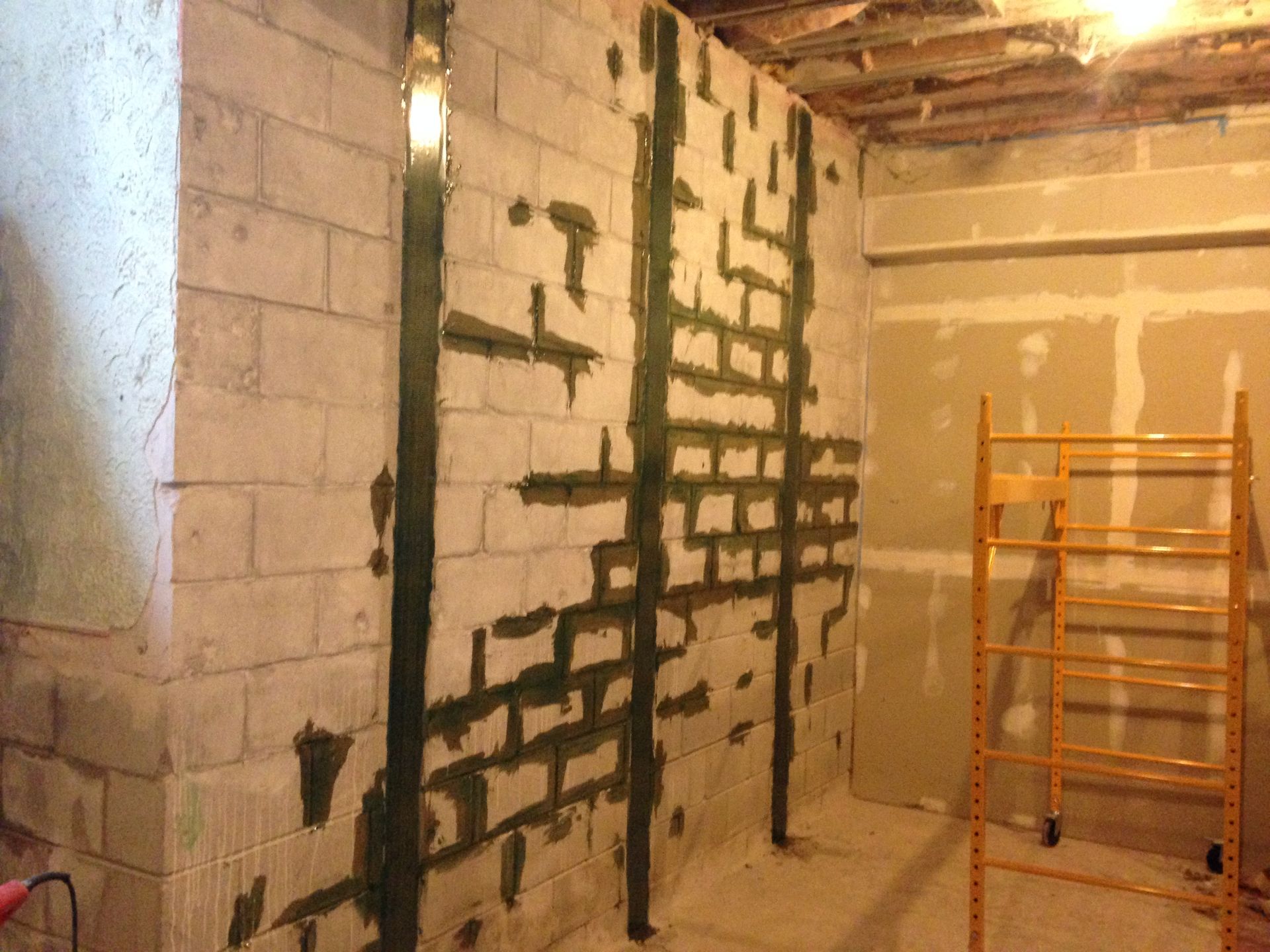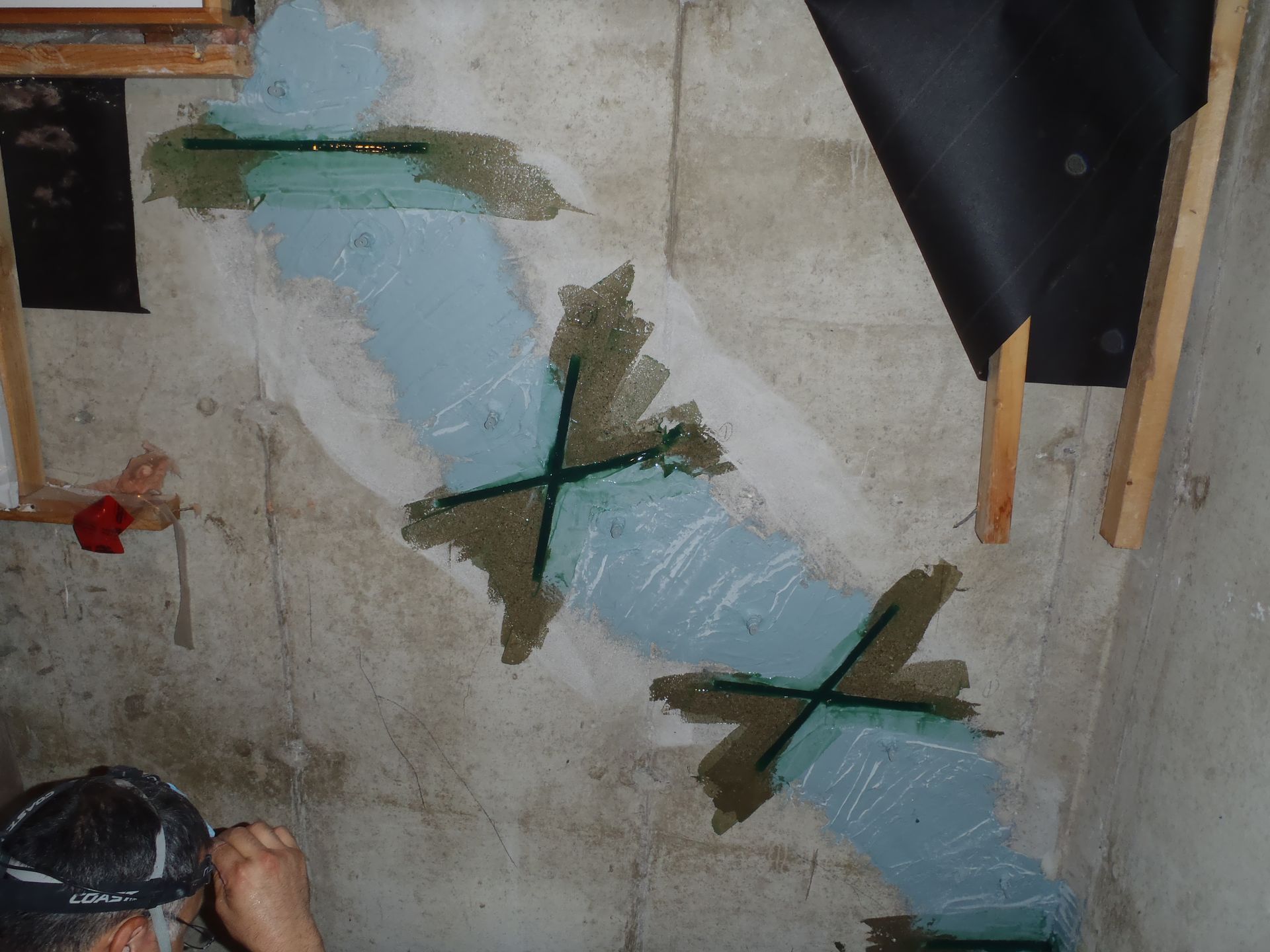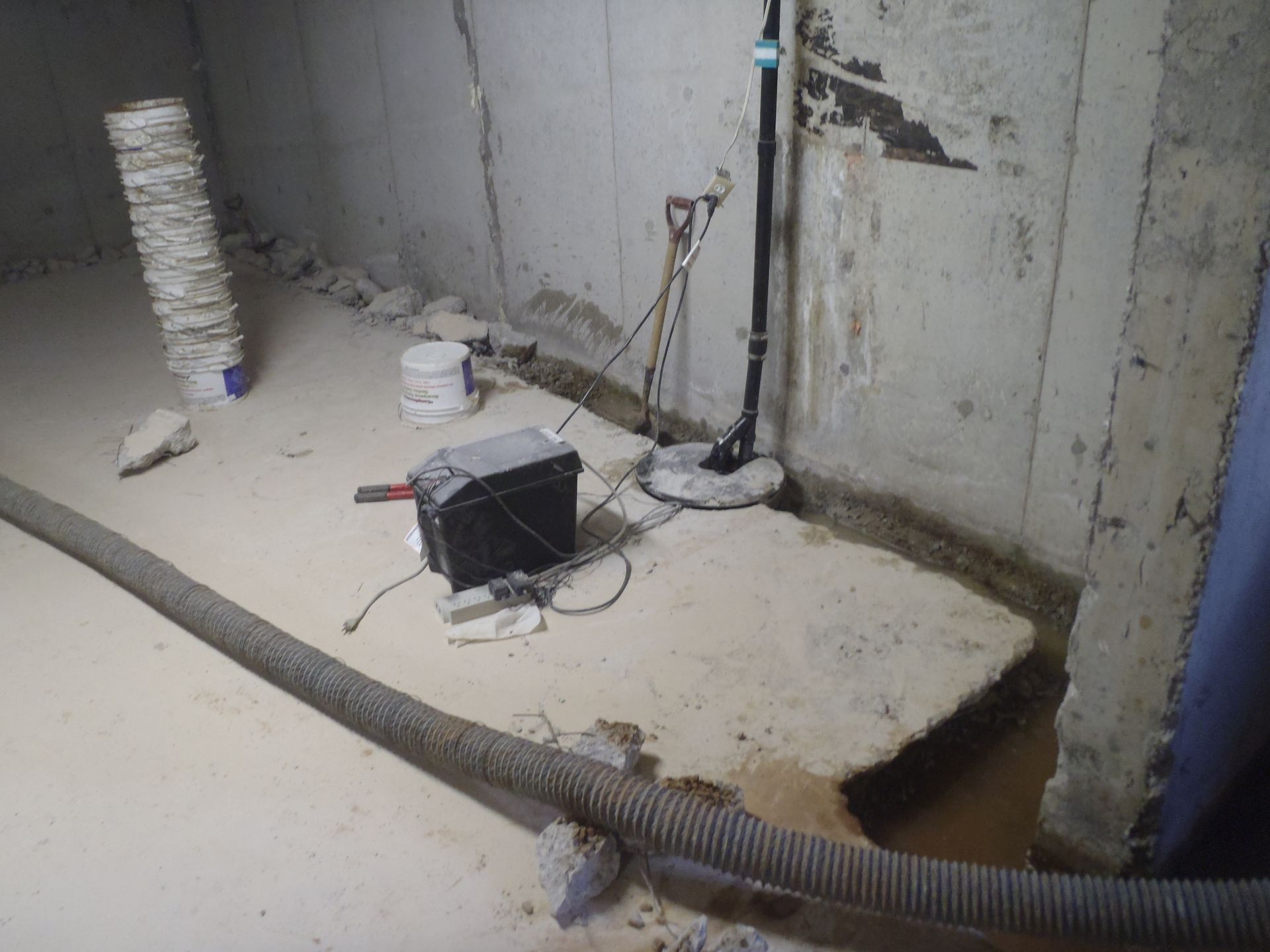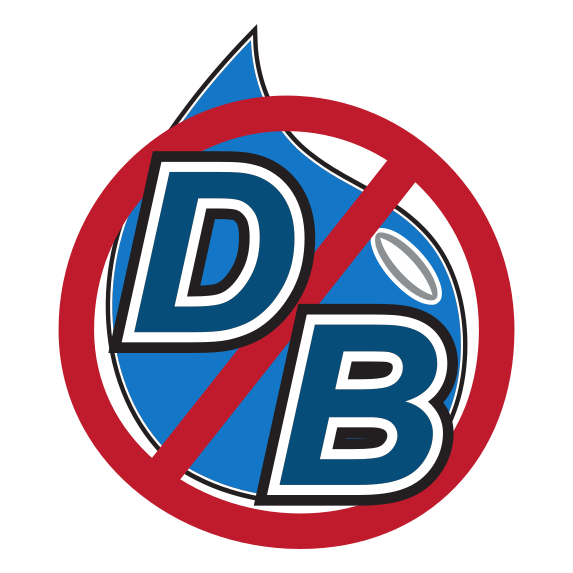Sump Pumps: Everything You Need to Know for an Effective Waterproofing Solution
Basement flooding can result in costly property damage and even long-term health issues if not addressed promptly. It is essential for homeowners to understand and implement effective waterproofing solutions to prevent water intrusion and subsequent problems. One highly effective solution is the installation of a sump pump—a device that automatically removes excess groundwater from your basement. In this blog post, we'll discuss everything you need to know about sump pumps and how they can provide an efficient waterproofing solution for your home.
What is a Sump Pump?
A sump pump is a small, electric-powered device installed in the lowest part of your basement or crawlspace. Its primary purpose is to pump out water that accumulates in a sump basin, ultimately preventing flooding and maintaining the structural integrity of your home. Sump pumps play a crucial role in keeping your basement dry and free of moisture that can lead to mold growth and other issues.
Types of Sump Pumps
There are two main types of sump pumps: submersible and pedestal. The choice depends on factors such as your basement's water collection needs, your budget, and your preference for noise levels.
1. Submersible Sump Pumps: As the name suggests, this type of sump pump is fully submerged in the sump pit. A heavy-duty, waterproof encasement protects the pump's motor from coming into contact with water. Submersible pumps tend to be quieter and more powerful than their pedestal counterparts, making them ideal for larger basements or those that experience frequent flooding.
2. Pedestal Sump Pumps: These pumps feature a vertical design, with the motor situated above the sump pit, away from water. Pedestal pumps are typically less expensive and easier to maintain but often generate more noise and have a shorter lifespan than submersible pumps.
Sump Pump Maintenance
Regular maintenance is crucial to ensure the optimal performance and longevity of your sump pump. Below are a few maintenance tips to help you get started:
1. Inspect and clean the sump pit regularly to prevent debris buildup.
2. Check the power source and ensure that the pump is connected to a functioning GFCI outlet.
3. Examine the pump's discharge line for clogs, cracks, or damage.
4. Test the pump by pouring water into the sump pit and observing whether it activates and expels the water.
5. Routinely inspect the pump for visible signs of wear or damage and replace parts as needed.
Power Outages and Battery Backup
As sump pumps rely on electricity to function, power outages during storms can render them useless precisely when they're needed most. It's essential to invest in a battery backup system to ensure your sump pump remains operational even during power outages. A battery backup sump pump automatically kicks in when your primary sump pump loses power, providing continuous protection for your basement.
Selecting the Right Sump Pump
There are several factors to consider when selecting the right sump pump for your home. These may include:
1. The size and depth of your sump pit
2. Your basement's average groundwater levels
3. The pump's horsepower, flow rate, and head pressure
4. Your preference for noise levels
5. Your budget and willingness to invest in a higher-quality pump
Don't let basement flooding wreak havoc on your property and peace of mind. Investing in a reliable sump pump can provide an essential safeguard against water damage and costly repairs. At DryBasements.com, our team of waterproofing experts can help you determine the most suitable sump pump for your unique needs and ensure its proper installation and maintenance.
Are you ready to protect your home with an effective waterproofing solution?

